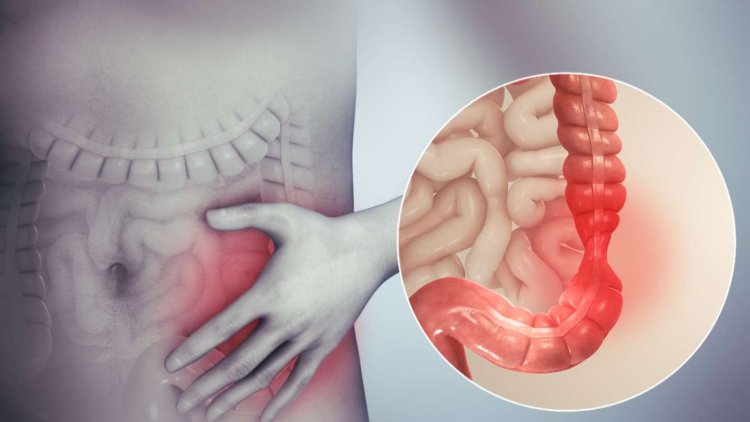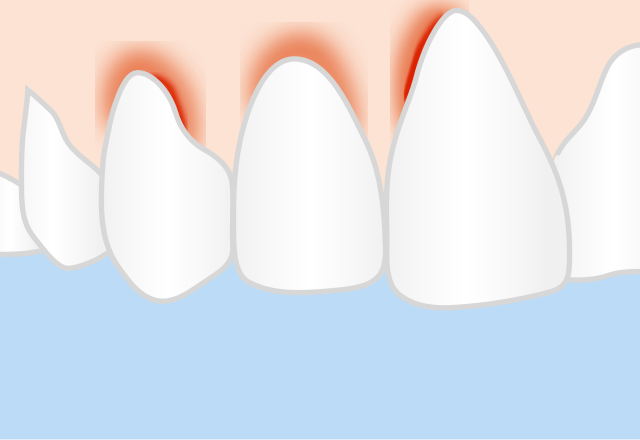Foot ulcers in diabetics
The vast majority of diabetic foot amputations begin with a small sore or tear in the skin that, if not treated promptly and properly, leads to a serious infection that requires life-saving amputation.

Causes of foot ulcers in diabetics
Foot neuropathy: occurs in about 40% of diabetic patients, reducing the ability to feel pain, heat or cold, so the patient will not be able to feel when the foot is has been harmed. Only when the foot is swollen or the infection is severe, they will know, then treatment often does not have good results.
Blood vessels: Diabetics are prone to atherosclerosis, which causes blockages and narrowing of blood vessels, reducing blood flow to organs in the body. The result is limited ability to treat infection and heal ulcers. In the case of a complete blockage of the artery, the feet and toes may become completely necrotic.
Infections: Diabetics are more susceptible to infections than the general population because high blood sugar and poor circulation make protective responses against infections slower and less effective.
In addition, a number of other causes such as obesity (increases pressure on the feet), decreased vision (causes easy falls or foot injuries, difficult to detect foot injuries), poor blood sugar control (difficulty in wound healing), kidney disease (causing protein loss, making it difficult to heal wounds), wearing inappropriate shoes or socks, etc. also contribute to the increased incidence of foot ulcers in diabetics.
Common foot injuries
Skin changes: dry, flaky or cracked skin, caused by the nerve that directs the action of moistening the skin has been damaged.
Calluses: Formed by increased pressure on the soles of the feet of diabetic patients. These calluses are common to many normal people, so diabetics are often subjective and do not care, so these calluses are more likely to develop, prone to cracks, ulcers and then become infected.
Deformity of the foot: Due to neurological complications, the foot loses feeling, then every time the patient stands, the patient will not be able to adjust the foot posture, the positions under a lot of pressure will have changes in the muscles, skin and joints. As a result, the feet are deformed, so they are very susceptible to ulcers at places subject to high pressure.
Foot ulcers: Usually occur on the instep, big toe, and are often caused by wearing tight shoes. At first, it is usually just a very small scratch or blister, but due to untreated or improper treatment, it becomes infected, and then the infection spreads more and more.
Leg amputation: Unlike normal people, diabetic foot ulcers are difficult to heal because there is little blood supply, so the damaged area is not supplied with enough nutrients and oxygen, and there is no blood supply. enough blood cells such as white blood cells come in to attack the bacteria, and the dead cells are also not cleared up in time. On the other hand, high blood sugar will inhibit the activity of white blood cells, reducing the effectiveness of the inflammatory response against infection. Therefore, the wound is very susceptible to spreading infection and difficult to heal, then amputation is required.













.jpg/640px-Ripe_bitter_melon_(Momordica_charantia).jpg)


